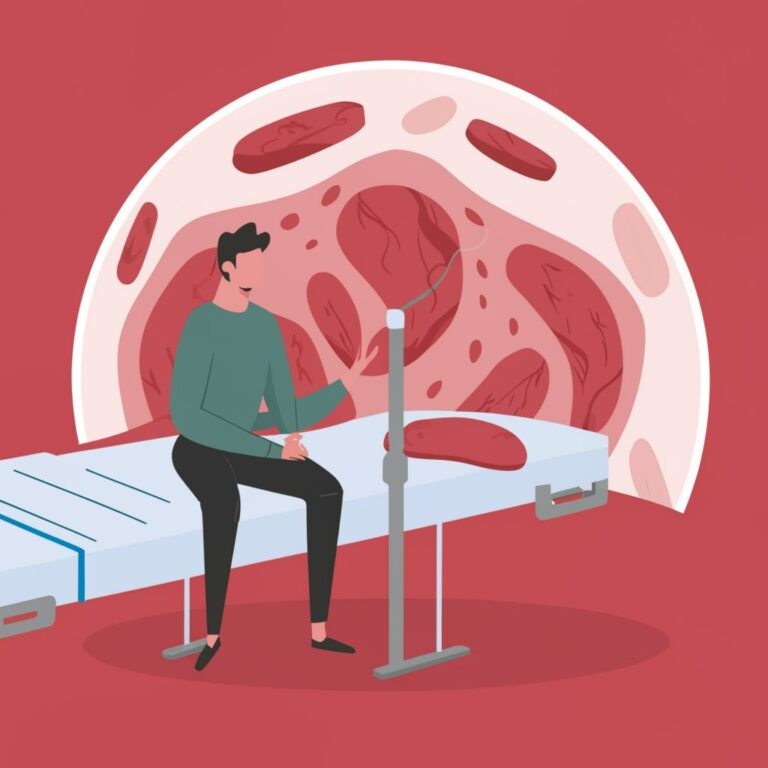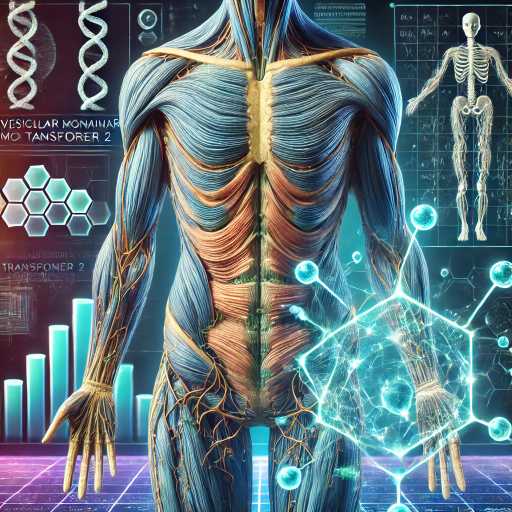Introduction:
Thrombosis is a medical condition characterized by the formation of a blood clot within a blood vessel, which can obstruct blood flow and lead to serious health complications. It can occur in veins (venous thrombosis) or arteries (arterial thrombosis), and understanding its symptoms, diagnosis, treatment, and preventative measures is crucial for effective management and prevention.
Symptoms of Thrombosis
The symptoms of thrombosis can vary depending on the location and severity of the clot. Common signs include:
– Deep Vein Thrombosis (DVT): This occurs in the deep veins, usually in the legs. Symptoms may include:
– Swelling in one leg
– Pain or tenderness in the leg, often described as a cramp
– Red or discolored skin on the leg
– Warmth in the affected area
– Pulmonary Embolism (PE): When a clot breaks free and travels to the lungs, it can cause:
– Sudden shortness of breath
– Chest pain that may worsen with deep breathing
– Coughing up blood
– Rapid or irregular heartbeat
– Lightheadedness or fainting
– Arterial Thrombosis: When a clot forms in an artery, symptoms might include:
– Sudden, severe pain in the chest (if the heart is affected, as in a heart attack)
– Numbness or weakness on one side of the body (if the brain is affected, as in a stroke)
– Coldness or pale skin in the extremities (if an arm or leg is affected)
Diagnosis of Thrombosis
Diagnosing thrombosis involves a combination of medical history, physical examination, and diagnostic tests:
1. Medical History and Physical Examination: A healthcare provider will assess symptoms, risk factors, and perform a physical examination.
2. Imaging Tests:
– Ultrasound: Often used to detect DVT by visualizing the clot in the veins.
– CT Scan or MRI: Helps to identify clots in the lungs (for PE) or brain (for stroke).
– Venography: An X-ray test where a contrast dye is injected into the veins to visualize clots.
3. Blood Tests:
– D-Dimer Test:Measures the level of a substance released when a blood clot breaks up. Elevated levels may suggest thrombosis but are not specific to it.
– Coagulation Tests:Assess blood clotting function and may indicate an increased risk of thrombosis.
Treatment Options
Treatment for thrombosis depends on the location and severity of the clot, as well as the patient’s overall health:
1. Medications:
– Anticoagulants (Blood Thinners): These medications, such as heparin or warfarin, prevent further clotting and help dissolve existing clots.
– Thrombolytics: Used in acute cases to dissolve clots quickly.
2. Procedures:
– Thrombectomy:Surgical removal of the clot, often used in severe cases.
– Inferior Vena Cava (IVC) Filter:A device implanted in the vein to catch and prevent clots from traveling to the lungs.
3. Lifestyle Changes:
– Compression Stockings: Help reduce swelling and prevent clot formation in the legs.
– Regular Exercise: Promotes healthy circulation and reduces the risk of clots.
Precautions and Prevention
Preventing thrombosis involves managing risk factors and adopting healthy lifestyle habits:
1. Healthy Lifestyle:
– Maintain a Healthy Weight: Obesity increases the risk of thrombosis.
– Stay Active: Regular exercise improves circulation and reduces the risk of clots.
– Avoid Prolonged Immobility:Move around regularly, especially during long periods of sitting or travel.
2. Medical Management:
– Follow Prescribed Treatments:Adhere to anticoagulant therapy as directed.
– Regular Monitoring: Keep up with routine check-ups and blood tests to monitor clotting function.
3. Risk Factor Management:
– Manage Chronic Conditions:Control diabetes, high blood pressure, and high cholesterol.
– Avoid Smoking: Smoking is a significant risk factor for thrombosis.
Conclusion:
Thrombosis is a serious condition that can have life-threatening consequences if not addressed promptly. Recognizing the symptoms, seeking timely diagnosis, and following appropriate treatment protocols are essential for effective management. Adopting preventive measures and making lifestyle adjustments can significantly reduce the risk of thrombosis and improve overall health. If you experience symptoms or have risk factors, consult a healthcare professional for personalized advice and management.













